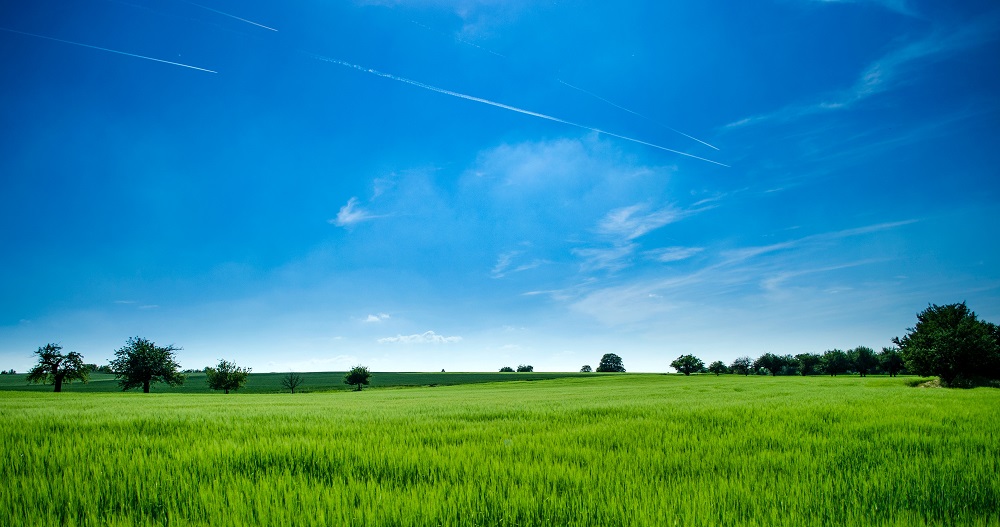
Buying raw land, or undeveloped land, is a significant investment that requires careful consideration. Raw land is a blank canvas, offering a range of possibilities, from farming and ranching to residential or commercial development. However, before making a purchase, it’s essential to understand the pros and cons of buying raw land.
Pros:
1. Opportunity for Customization
One of the significant benefits of buying raw land is the opportunity to create something entirely unique. With no existing structures or landscaping to work around, you have complete creative control over the land. You can design and build a home, farm, or business from scratch, tailored to your specific needs and desires.
2. Potential for Appreciation
Raw land is often less expensive than developed properties, making it an attractive investment opportunity. If you purchase land in an up-and-coming area, the value of your investment could appreciate significantly over time. Additionally, you can improve the land by adding infrastructure or developing it for a specific purpose, increasing its value even further.
3. Low Maintenance
Raw land requires minimal maintenance, making it a low-stress investment option. You won’t have to worry about repairing or maintaining any existing structures, and you can take your time developing the land at your own pace.
4. Privacy and Seclusion
Raw land often offers a greater degree of privacy and seclusion than developed properties. If you’re looking for a peaceful retreat or a remote getaway, raw land may be the perfect choice.
Cons:
1. Lack of Infrastructure
One of the significant drawbacks of buying raw land is the lack of infrastructure. You will need to provide your own water, sewer, and electricity, which can be costly and time-consuming. Additionally, if the land is located in a remote area, access to basic services like internet and phone may be limited.
2. Zoning and Regulatory Restrictions
Zoning laws and other regulatory restrictions can significantly impact your ability to use the land as you see fit. Before making a purchase, it’s essential to research local regulations and zoning laws to ensure that your plans for the land are permitted.
3. Cost of Development
Developing raw land can be expensive, and the costs can add up quickly. In addition to providing infrastructure, you may need to grade the land, clear trees, and build roads. All of these expenses can significantly increase the overall cost of the investment.
4. Lack of Income
Raw land does not generate income on its own, which can be a significant drawback for some investors. If you’re looking for a property that will generate rental income or provide a source of passive income, raw land may not be the best choice.
Buying raw land can be a lucrative investment opportunity, offering the potential for customization, appreciation, and privacy. However, it’s important to consider the drawbacks, such as the lack of infrastructure, regulatory restrictions, and high development costs.
Before making a purchase, it’s essential to conduct thorough research and consider all the factors involved. Work with a real estate agent or land specialist who has experience in raw land transactions to help guide you through the process and provide valuable insights into the local market.
Ultimately, the decision to buy raw land should be based on your unique goals and financial situation. If you’re willing to take on the risks and expenses involved, raw land can be a rewarding investment that offers limitless potential.